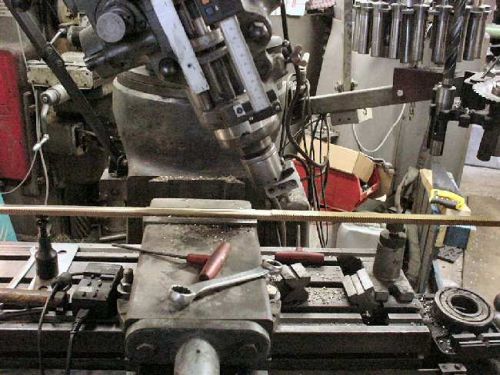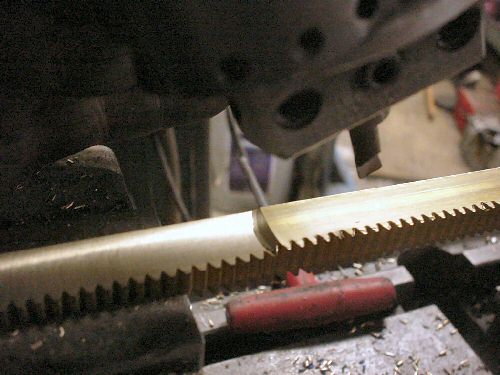Formulae required
Formulae required
- This topic has 31 replies, 16 voices, and was last updated 15 December 2015 at 13:39 by
 Martin Connelly.
Martin Connelly.
- Please log in to reply to this topic. Registering is free and easy using the links on the menu at the top of this page.
Latest Replies
Viewing 25 topics - 1 through 25 (of 25 total)
-
- Topic
- Voices
- Last Post
Viewing 25 topics - 1 through 25 (of 25 total)
Latest Issues
Newsletter Sign-up
Latest Replies
- Magnetic optical punch
- mild steel/aluminium suppliers in uk
- LEGO model?
- What Do These Mean; Why So Many Loop Errors? (Alibre Atom)
- Can a metric baby do imperial?
- Pre-war Italian thread ?
- Had Another Go
- Taylor Hobson cutter grinder modificaton
- LBSC Dot/Diana Cylinder Castings
- Calling all Little John and other Raglan users










